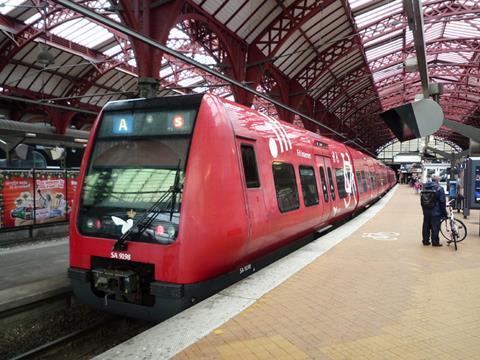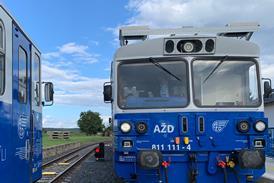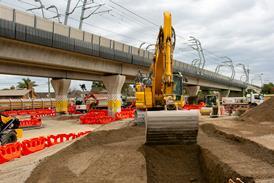
DENMARK: Operations and infrastructure management on the København S-bane network are to be tendered as an integrated package, the government announced on December 13. Keeping track and trains together would facilitate conversion to fully automated operation, it explained.
Transport, Building & Housing Minister Ole Birk Olesen said it was the intention of the ruling VLAK coalition of Venstre, the Liberal Alliance and Danish People’s Party to outsource more services. This agreement would see the tendering of ‘a significant part of the Danish railway network’ accounting for around 68% of all passenger journeys across the country. Following on from the experience with tenders in central and western Jutland, it would lift the proportion of traffic to be tendered to 41% of all train-km and 75% of passenger-km.
The capital’s extensive S-bane network is currently managed by Banedanmark and run by DSB, although its 1·5 kV DC traction supply and the Siemens CBTC now being installed make it independent from the rest of the network in technical terms. It accounts for around 60% of DSB’s total ridership and 27% of train-km operated. It also represents approximately 20% of Banedanmark’s total expenditure on operations, maintenance and renewals.
The government’s intention is to transfer the S-bane assets from both DSB and Banedanmark to a new organisation, which will then be tendered as a PPP concession. The new operator would be expected to bring the necessary ‘economic and operational skills’ to manage the business during the transition from conventional to automatic operation and then through a subsequent operational phase.
Building on the capabilities of the new CBTC, which is to be fully commissioned by 2021, automatic operation is to be phased in as the current rolling stock is replaced. The suggestion is that the driverless technology should initially be tested on the Ringbanen between Hellerup and Ny Ellebjerg. Once this had been successfully tested, it would be rolled out across other S-bane routes by 2036.
Olesen said a switch to automatic train operation would increase the efficiency of S-tog operations and reduce costs. More frequent services would allow the network to handle an extra 13 million passengers per year, while automation would provide greater operating flexibility to accommodate traffic surges.

















